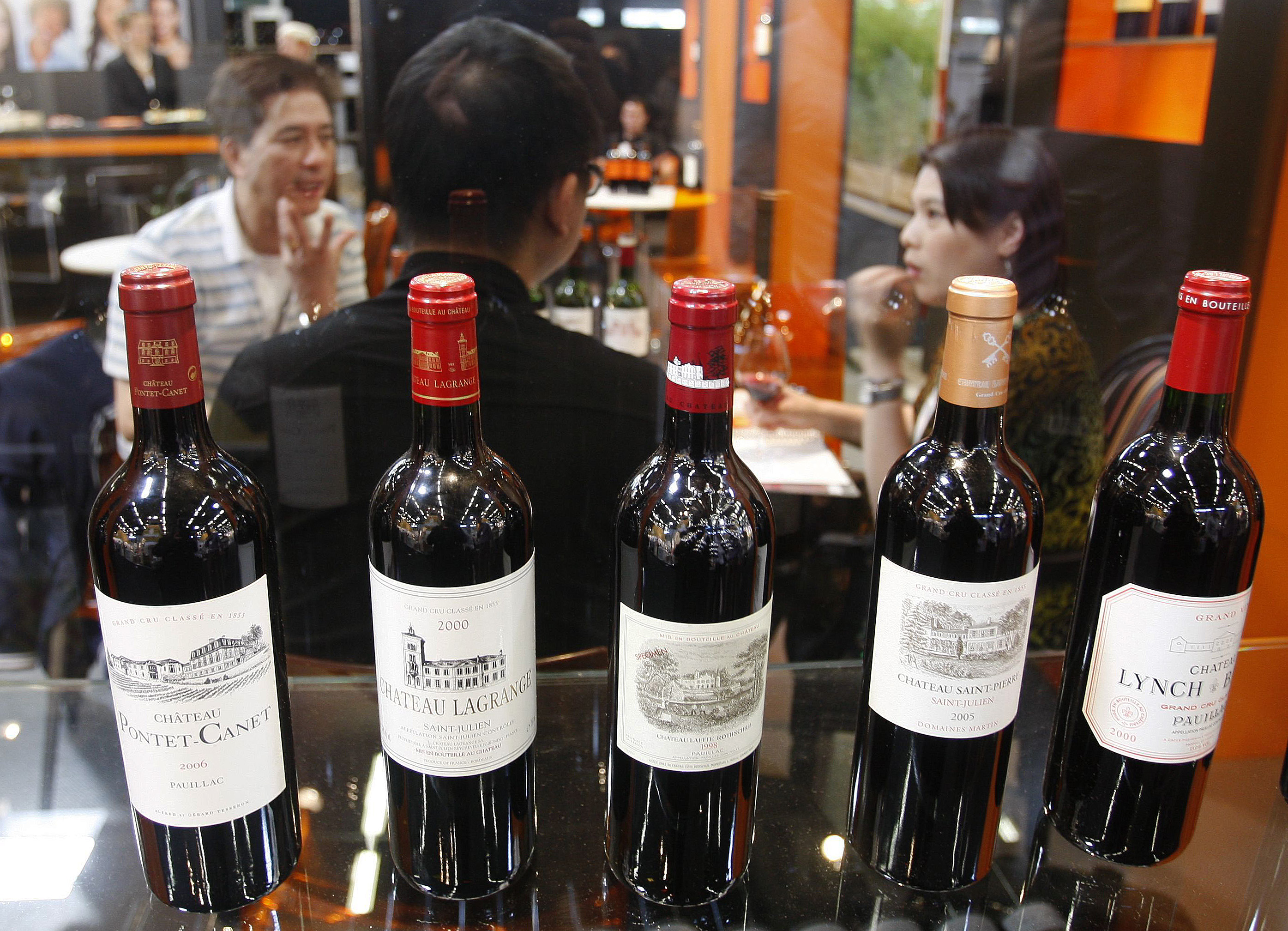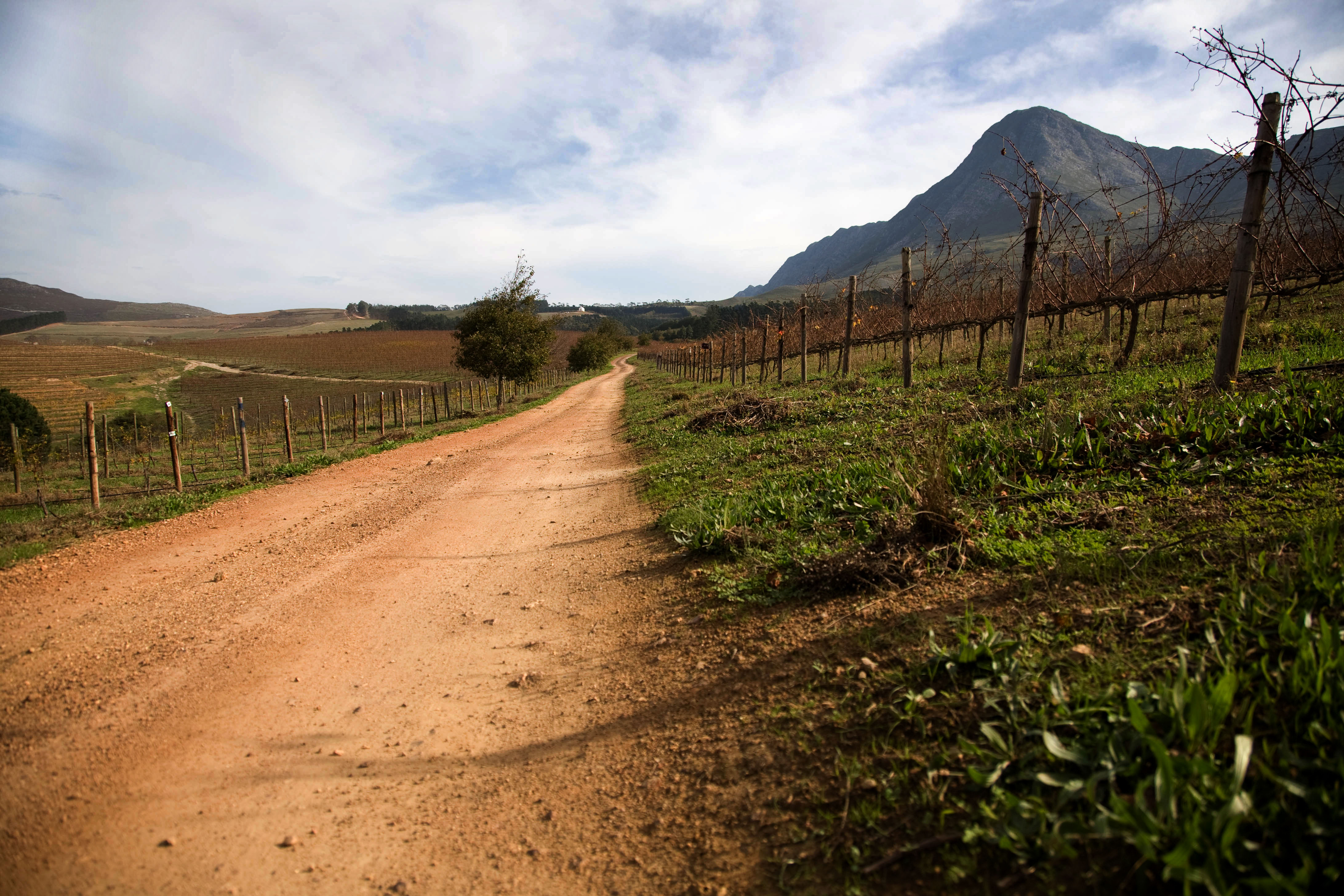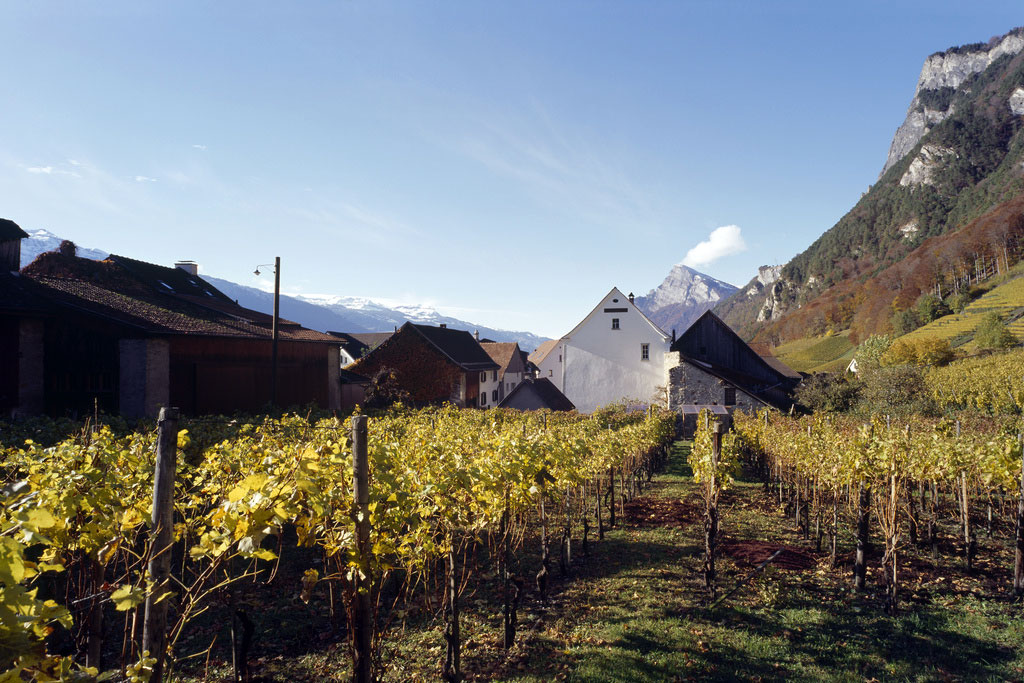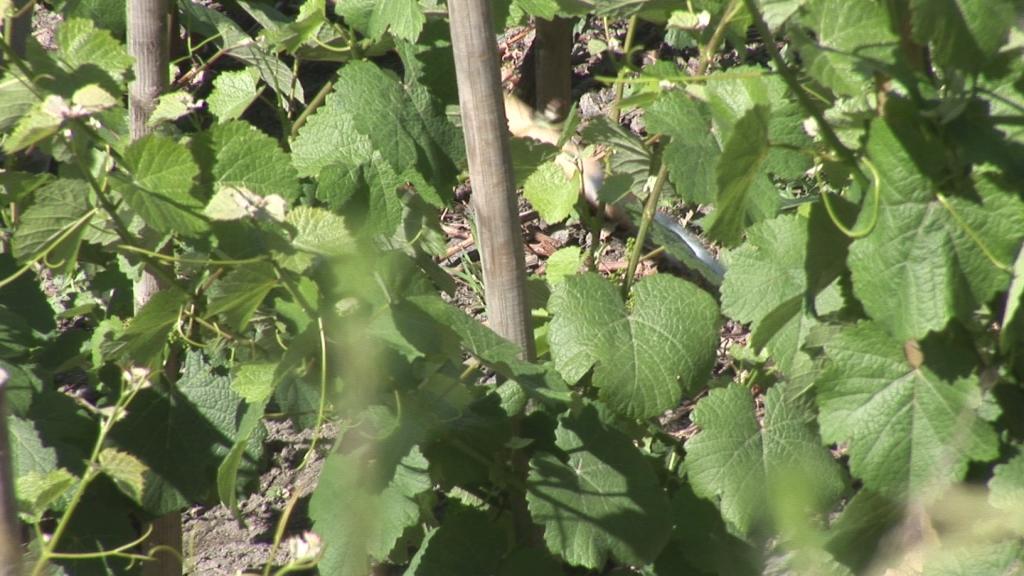Demand for Swiss wine remains flat

The price of fine wines, such as Bordeaux, has exploded, pushed by stock market speculation and consumer demand.
However, despite there being domestic wine production in Switzerland, experts say local wines have largely remained untouched by this phenomenon.
“There’s a buzz,” said Jacques Perrin, a wine merchant and critic. Investing in wine and speculating on the rise in wine prices can be profitable and is being widely reported on in media, he says.
“But in reality, wine isn’t there yet and it would be a real shame if this approach gained the upper hand over artisanal production, which represents real wine, and over its symbolic and cultural character, its relation with the soil and the long-term.”
The connoisseur adds that “just because you can afford a case of [one of the best wines] Romanée Conti doesn’t mean that you understand all its subtleties and value”.
Nevertheless, investing in wine has become a way of turning a profit. Two Swiss academics earlier this year published a study looking at the global situation over the past 15 years. They found that having wine as part of a portfolio increased the yield in good times and reduced the risk – losses – in periods of economic crisis.
“Neither the terrorist attacks in New York, the bursting of the internet bubble nor the boycott of French goods after the Iraq invasion have had much effect on wine prices,” the authors concluded.
In addition, during the recent economic crises the main shares in the United States lost almost 50 per cent of their value, whereas a wine index created by two economists lost less than 20 per cent.
Difficult market
Philippe Masset, one of the two study authors, remains cautious. The global wine market is currently becoming more organised and professional, but it nevertheless remains unknown and difficult to understand.
For this reason, it is difficult to quantify the investments in it. The several hundreds of millions of dollars in auction houses are just the tip of the iceberg as there are also online sales, which are developing, small ads, direct contacts, large merchants and investment funds.
It is also hard to say just how high the prices of great vintages will go. The sector’s leading index, the Liv-ex Fine Wine 100, mostly comprising the best Bordeaux, has gained 26 per cent this year and has tripled in five years.
Is this a speculative bubble? Is increased demand from China, India and other emerging economies having an effect? Masset won’t be drawn.
Swiss miss
Perrin believes there is a trend. Wine has moved from being an object for consumption and pleasure to being a “speculative item”.
The price rise for the 2009 vintage of the highest-quality French Bordeaux has tended to push up prices of their Italian, Spanish, American, Australian and French Burgundy counterparts.
But Swiss wine remains largely untouched because production and sales are still dominated by the artisan producers rather than large financial groups, he explained.
For Masset, the current phenomenon could mean a potential price boost for Swiss wines. “But in fact, prices hardly budge,” he said.
On the other hand, “the differential in price between the fine foreign wines and the fine Swiss wines will help to sell the latter”.
Both say that even if the Swiss aren’t the last to produce fine wines as financial investments or as a way of financing their own consumption, the financial approach concerns only a very small percentage of local production.
Some Ticino Merlots and several Graubünden Pinot Noirs are trying to boost their visibility abroad and could encourage some investment.
Export issue
But overall, less than one per cent of Swiss wine is exported, as domestic supply and demand balance each other out.
“Swiss wines are a lot less well-known than Austrian or German ones, for example,” Perrin said.
Lack of international visibility means there is not enough large-scale demand, and so no stock market speculation.
“There is a trend towards pushing up prices for certain undervalued cuvées but the Swiss market remains a market of wine lovers,” Perrin said. “It’s a healthy market, carried by local customers. Nobody wants speculation to come on top of that.”
Only time will tell whether future generations are of the same opinion or want to move their production along the same lines as international wines.
“I think that Swiss wine’s visibility will grow,” Masset said. “Prices will ultimately depend on the wishes of the winemakers’ estates.”
Around 2.757 million hectolitres of wine were drunk last year in Switzerland – 0.9% less than the year before.
Swiss wines made up around a third and consumption was down (-4.5%), whereas foreign wine consumption was up (+1.3%), especially among the reds. Popular foreign wines came from Italy, France and Spain.
Swiss wine cultivation extends over 14,800 hectares. The vines Pinot Noir, Chasselas and Gamey are the most popular, but Merlot, Gamaret and Garanoir are catching up. Red wines make up 53% of domestic production.
White wines: average price in Switzerland around SFr9.20 ($9). It’s around SFr7.75 for foreign wines and SFr10.05 for Swiss ones.
Red wines: SFr9.10 – SFr8.60 foreign red wines, SFr11.60 for Swiss ones (figures for 2009).
Highest prices: in Switzerland are more than SFr100, for example SFr115 for a red Castello Luigi de Zanini.
World record: obtained at an auction was almost SFr110,000 for six bottles.
(Translated from French by Isobel Leybold-Johnson)

In compliance with the JTI standards
More: SWI swissinfo.ch certified by the Journalism Trust Initiative



You can find an overview of ongoing debates with our journalists here. Please join us!
If you want to start a conversation about a topic raised in this article or want to report factual errors, email us at english@swissinfo.ch.